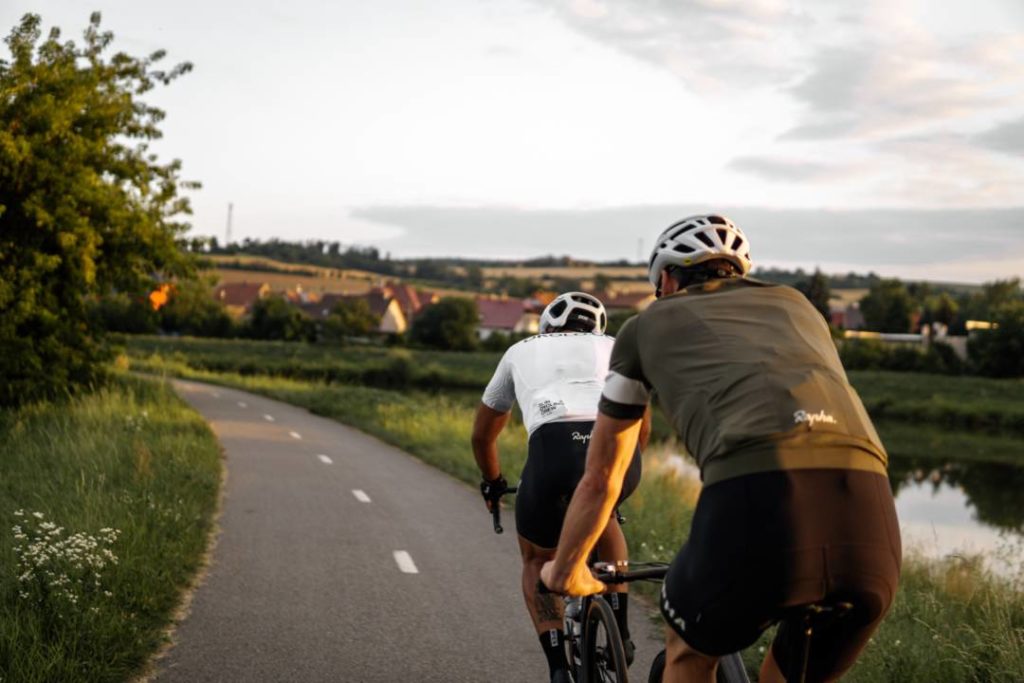Not every bar will do for any cyclist. What ingredients should be added? How many grams of carbohydrates should it have? Will it provide enough protein? And fat?
This week we spoke to our colleagues at INDYA, an extraordinary nutrition service that helps athletes improve their performance through nutrition and technology. At INDYA they make sure they personalise all your meals, including the bars.
When to eat bars?
Before going out on the bike, just as we think about the dynamics of the training session or the set-up of the bike, it is also essential to ensure a good diet, as it will be decisive in sustaining the energy we need. So far we all agree, don’t we?
However, if we take a closer look at what to eat before, during and after training, the picture becomes more complicated. Brands, doses, carbohydrates per hour, recoveries, ingredients, formats… We can get bored looking at options on the internet. The offer has increased dramatically in recent years and, of course, so have the questions about what to consume.
One of the best options are energy bars, as they are easy to carry and, unlike gels and isotonic drinks, they have a slower and more gradual assimilation, which can be interesting for certain moments.
Although there are many options available on the market, the possibility of making them at home will allow you to prepare them to suit your own taste and needs. To give you a reference, at the end of the post we give you three recipes for homemade bars designed for three completely different occasions.
Bars usually have as a base ingredient a food rich in carbohydrates, such as oats or rice, but we can add many other ingredients. It will be the combination of ingredients and the adjustment of quantities that will allow us to achieve the texture, flavour and nutritional composition we want. And this is the trick, understanding our needs before we jump into creating a bar.
A reality that nutritionists need to keep in mind is that the performance of each cyclist will not depend on the mathematical calculation of energy and nutrients that we have designed. It will depend on what the athlete actually eats or drinks. In other words, if the theory is not practised, it will be useless. In addition, the calculations of grams of carbohydrates depend largely on the formats, quantities and price of the commercial options, so the number of things to take into account is by no means small.
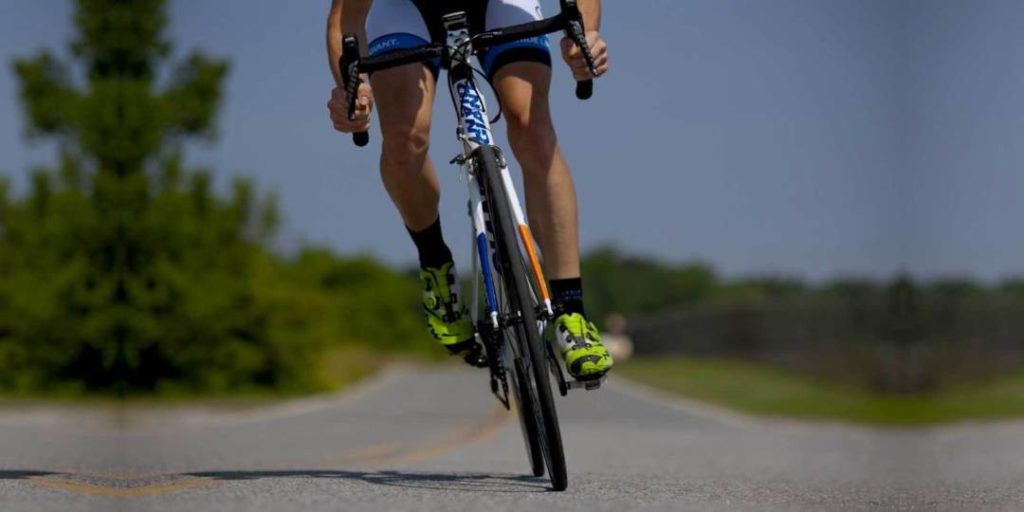
Turn the nutrition you need into the bars you love
When it comes to bars for cyclists, not everyone’s diet works the same way. That’s why the job of a sports nutritionist is to link all the possible variables (tastes, cooking time, food awareness, intensity and duration of training, temperature, rest, etc.) to prepare a nutritional plan that allows you to get all the nutrients you need through recipes that are tasty and practical. In this case, we are focusing on bars, but this would apply to any type of recipe.
Although it may not seem like it, food and nutrition are two very different concepts. While food is a voluntary process we go through when we choose which foods to eat, nutrition is an involuntary process that occurs when our body transforms and uses the nutrients in food.
The point is that our performance depends on our nutrition, and nutrition depends on food.
Now, thanks to technology, we can move from numbers, data and nutrients to recipes, food and quantities. In other words, we can now move from theory to practice so that you can perform at your best with ultra-personalised nutrition.
At the moment, INDYA’s service allows a lot of flexibility in the nutritional plan, but this does not end here, because in the coming months a battery of integrations will be incorporated that will allow daily data to be quantified, to improve the accuracy of the indicators of each athlete in real time.
The future lies not in telling an athlete whether a food is good or bad, but in understanding how that food impacts their performance today. It’s about creating a unique equation per cyclist, to adjust nutritional planning to the changing context of each athlete in real time.
A sort of Google Maps of sports nutrition, which will redirect the plan towards your goal in the event of any change in your life.
Homemade bars for cyclists: try these three recipes!
Now let’s get going with three recipes for homemade bars for cyclists.
- Rice cake bar, as a refreshment bar
We start off strong. Rice cakes are the talk of the town for cyclists these days, as they provide quick and easy energy while on the bike.
This type of bar has become very popular because it is one of the most versatile options for taking during competitions, and can be used at almost any time during training.
Ideal for when we want to train the digestive system with solid food, especially at the beginning, when we are not used to a lot of training volume.
As its main ingredient is rice, it provides a high amount of complex carbohydrates, with a high molecular weight and low osmolarity. Then, depending on the intensity of the training, we could consider adding other types of sugars (in the form of agave syrup or honey, for example), to adapt the ratio more specifically to our training.
You can see the recipe in detail in this link.
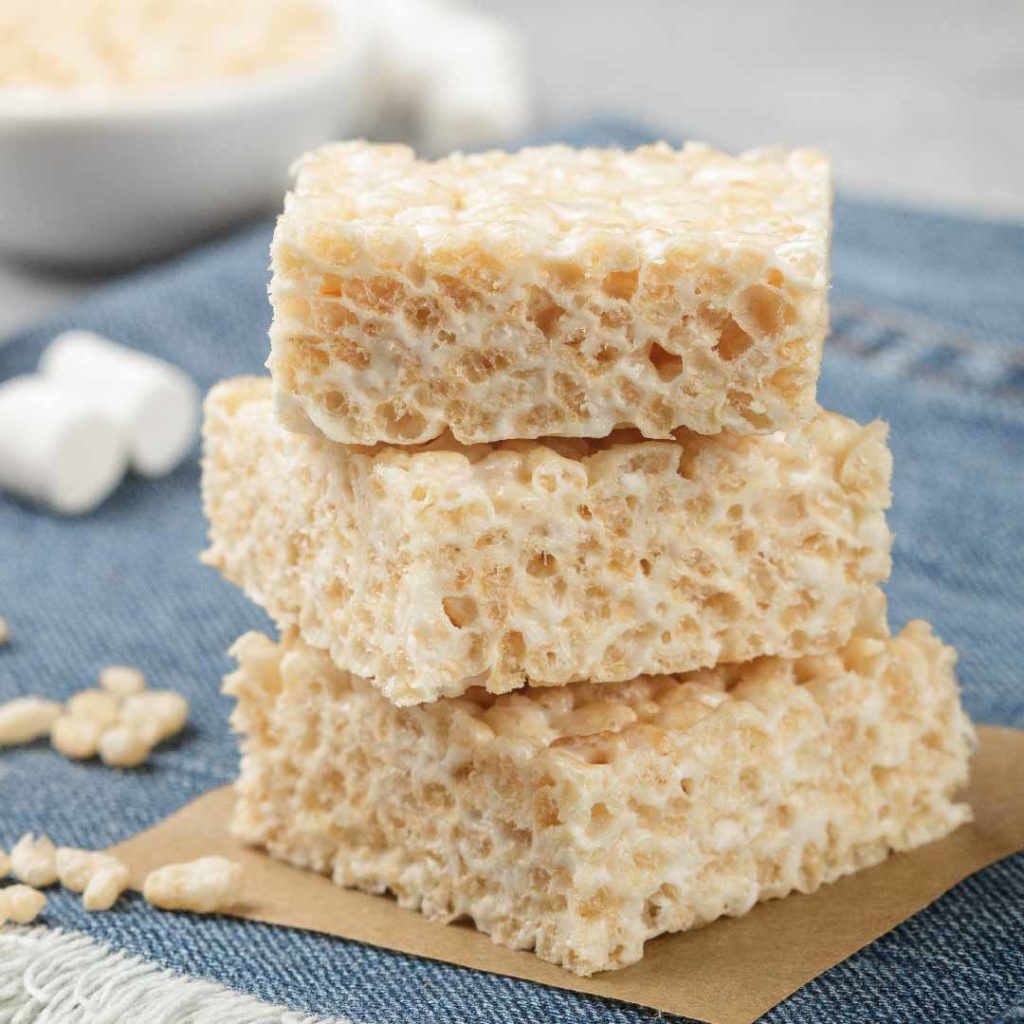
- Recovery bar, as a post-workout bar
After training, it’s time for recovery, so here is a bar to help you recover after a demanding workout.
This is a bar based on oats, honey, blueberries and banana.
Why is this bar a recovery bar? For three reasons:
- It has a high carbohydrate content, which will help you replenish the glycogen stores you’ve depleted during your workout.
- It contains good quality protein, which will play an important role in muscle regeneration.
- Due to their fruit content, they are rich in many micronutrients. Specifically, one of the fruits in this bar is blueberries, one of the foods that tops the ranking of antioxidants.
Of course, it is very important to measure the quantities of each ingredient well, because depending on the quantities we use, we will be prioritising one macronutrient or another, and the nutritional contribution of the recipe will change.
Click on this link to see the full recipe.
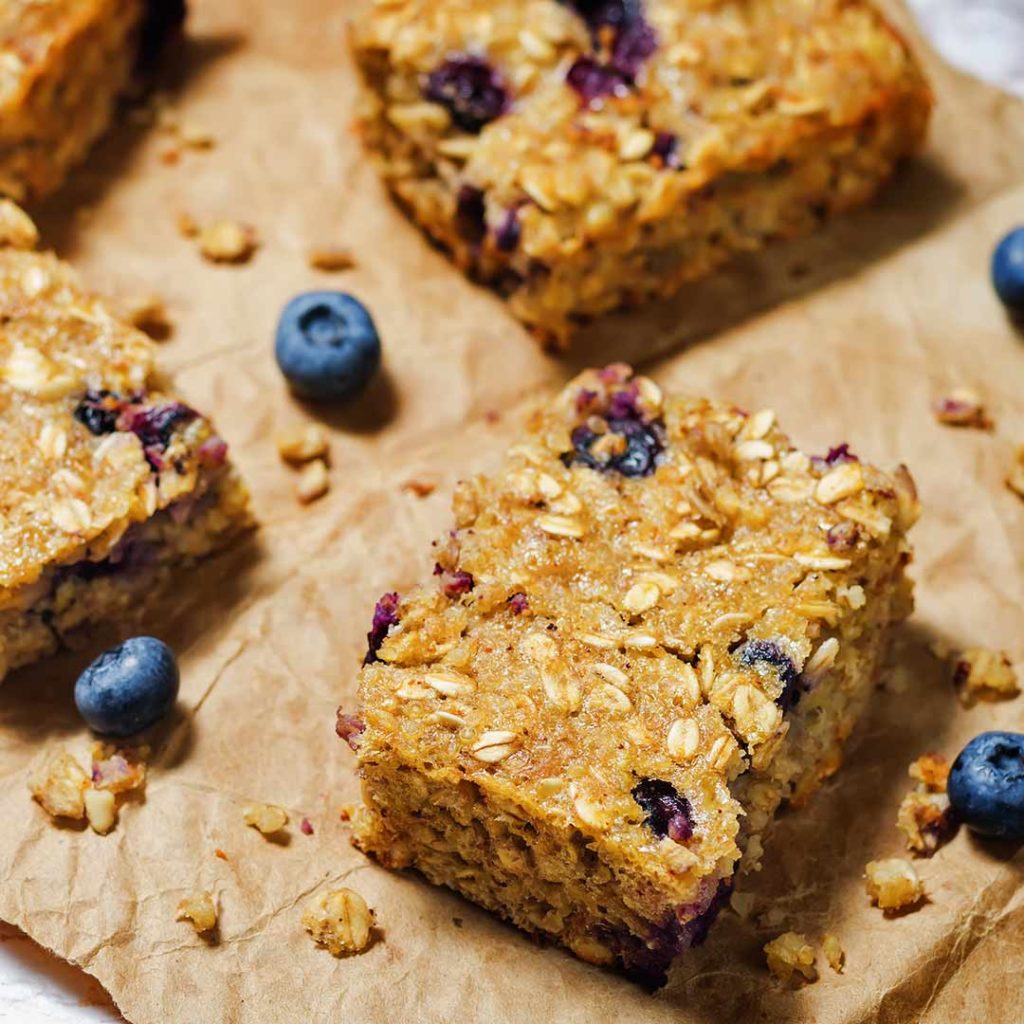
- Energy bar, snack type
Of course, it’s always good to have a healthy resource or snack to carry around, so why not a bar?
If you click on this link to see the full recipe, you will be surprised how easy it is to prepare. You don’t need to get up hours before to prepare it. In just a few minutes you have ready a snack that gives you exactly what you need with an incredible flavour.
What’s more, you can make them in large quantities and freeze them to use whenever you want.
It only contains nuts, a cereal (in this case we have chosen oats), cocoa and honey.
As you can see, this bar has a little more fat than the other two, which is essential to promote satiety.
A tip to prevent the bars from sticking together when transporting them: wrap them in greaseproof paper!
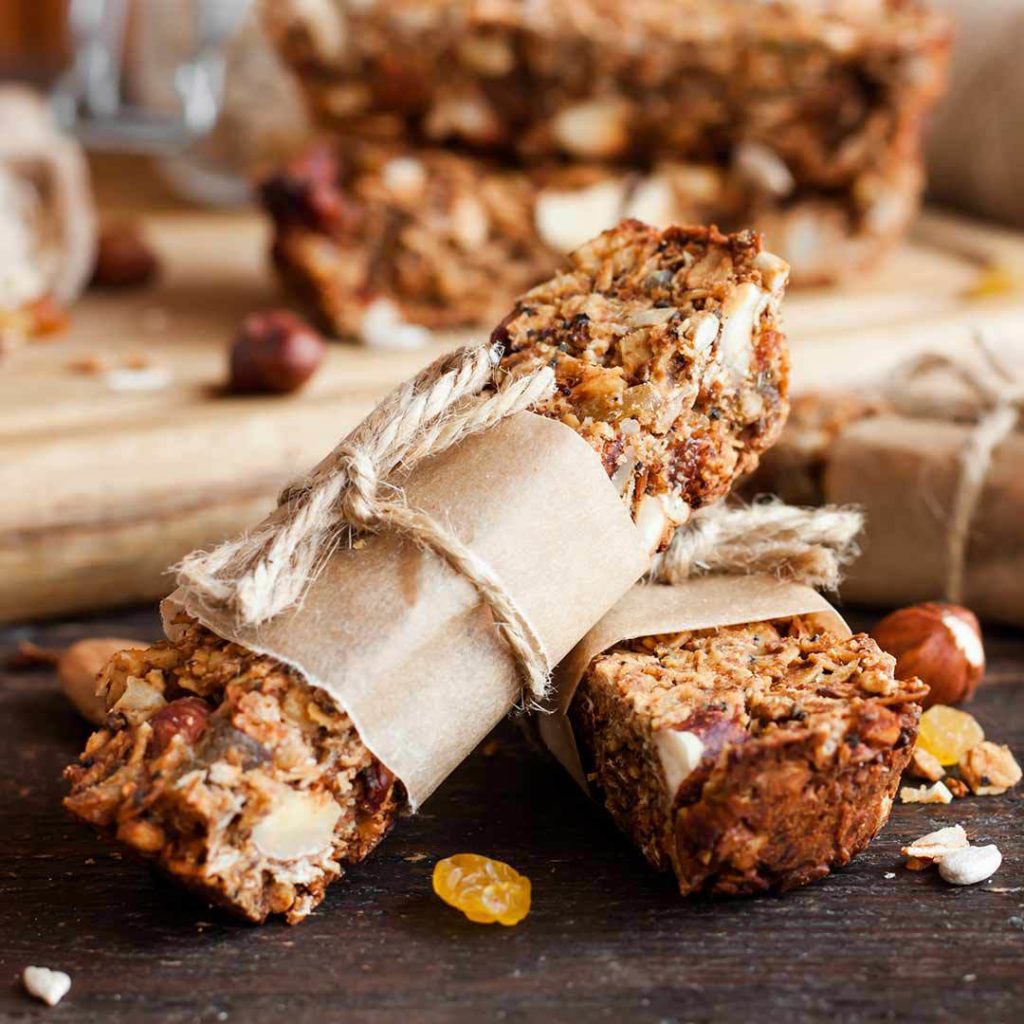
It’s easy to google recipes for homemade bars. The hard part is knowing which bars to take, when to take them, and in what amounts, tailored to your needs.
If you’re looking for a diet plan designed just for you, you’re in the right place. Discover INDYA’s technology platform with online nutritionist and you can continue to improve with truly personalised nutrition.
At BKOOL we will keep working to make the simulation more and more real, try it FREE for 30 days!
 Go to BKOOL
Go to BKOOL



